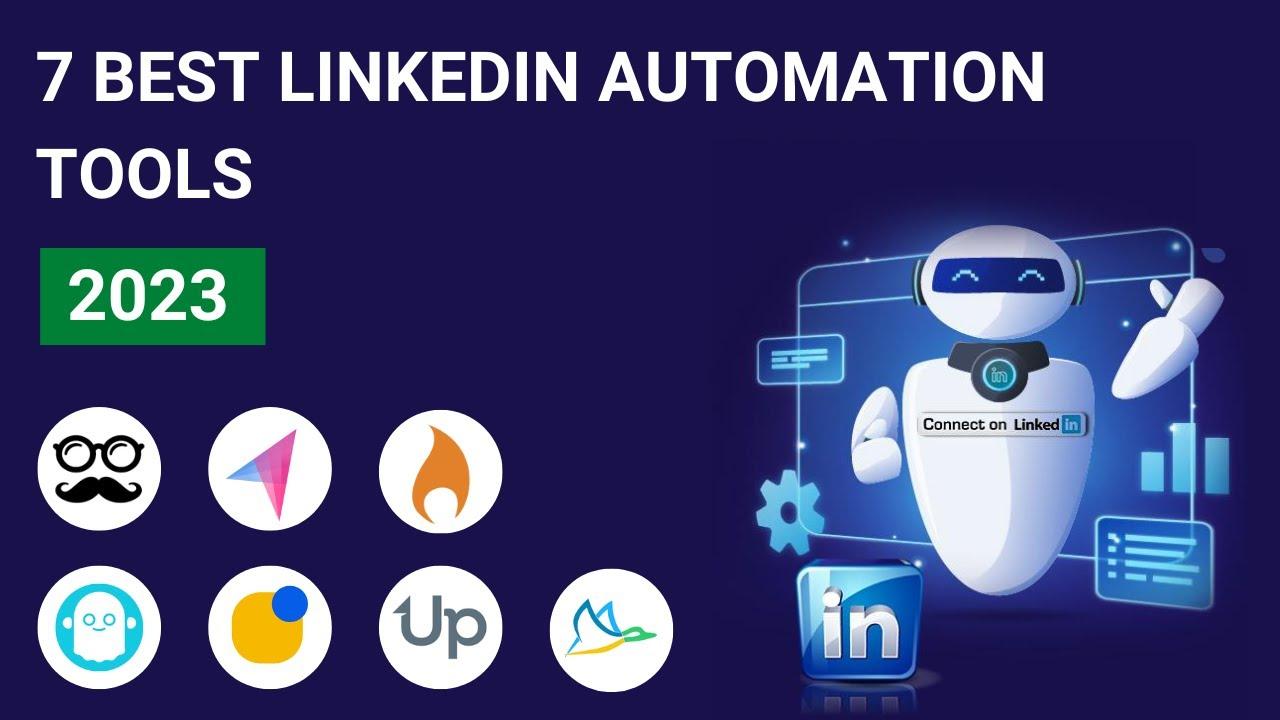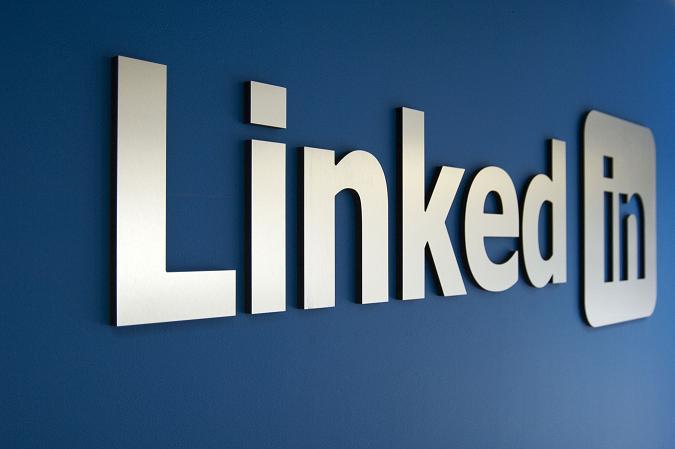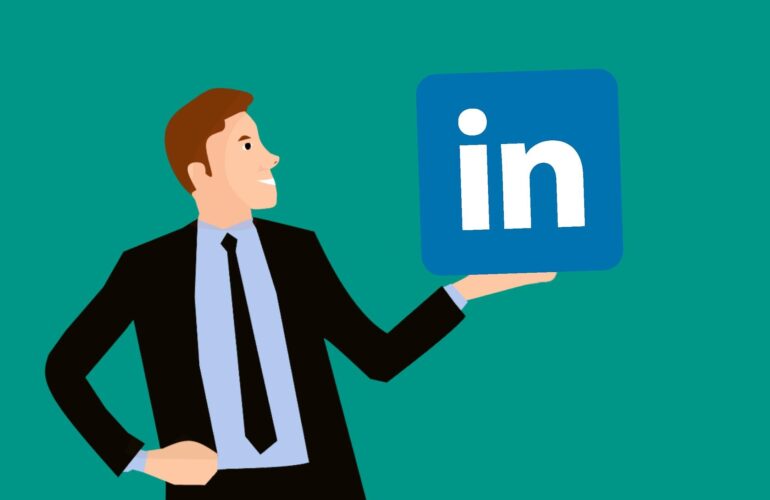In the rapidly evolving landscape of digital marketing, the role of social media platforms as facilitators of business growth has never been more pronounced. Among these platforms, LinkedIn stands out as a professional networking site that has transformed lead generation strategies across industries. As businesses seek to optimize their outreach efforts, the automation of various LinkedIn processes has gained traction, promising enhanced efficiency and improved conversion rates. However, this burgeoning reliance on automation invites critical examination. While proponents argue that automation fosters scalability and streamlines engagement, skeptics raise concerns about the authenticity of interactions, potential reputational risks, and the long-term implications for relationship-building in a platform designed for professional networking. This article embarks on a comprehensive analysis of LinkedIn automation’s impact on lead generation, exploring its benefits and drawbacks, and ultimately striving to strike a balance between technological efficiency and genuine connection in the pursuit of business growth.
Table of Contents
- Understanding LinkedIn Automation and Its Role in Modern Lead Generation Strategies
- Evaluating the Effectiveness of Automated Messaging on Engagement and Conversion Rates
- Mitigating Risks Associated with LinkedIn Automation to Enhance Brand Reputation
- Best Practices for Implementing LinkedIn Automation to Optimize Lead Generation Efforts
- The Way Forward
Understanding LinkedIn Automation and Its Role in Modern Lead Generation Strategies
As the digital landscape evolves, organizations are increasingly turning to automation tools on platforms like LinkedIn to enhance their lead generation efforts. These tools streamline processes by automating repetitive tasks, enabling marketers to focus on building relationships rather than getting bogged down in administrative activities. The key benefits include:
- Time Efficiency: Automation reduces the hours spent on manual outreach and follow-ups.
- Consistency: A structured approach ensures that contacts are nurtured regularly without lapses.
- Scalability: Brands can reach a larger audience without compromising the quality of interaction.
However, while the efficiency of automation can boost lead generation, it must be approached with caution. Over-reliance can lead to potential pitfalls such as decreased personalization and engagement. To mitigate these issues, organizations should consider integrating automation with a human touch, ensuring that messages retain authenticity. Below is a comparative overview of automated versus manual lead generation approaches:
| Aspect | Automated Approach | Manual Approach |
|---|---|---|
| Speed | Fast execution | Slower due to personal interaction |
| Personalization | Less personalized | Highly personalized |
| Cost | Lower long-term costs | Higher labor costs |
Evaluating the Effectiveness of Automated Messaging on Engagement and Conversion Rates
To gauge the effectiveness of automated messaging in enhancing engagement and conversion rates, it is crucial to assess key performance indicators that reflect audience interaction. Among these metrics, the following stand out:
- Response Rate: The percentage of recipients who reply to automated messages, indicating interest and facilitating further dialogue.
- Click-Through Rate (CTR): The ratio of users who click on links within the messages, a direct measure of engagement with the provided content.
- Conversion Rate: The proportion of leads that transition into customers or take a desired action, showcasing the ultimate effectiveness of the messaging.
In conducting experiments with automated messaging strategies, businesses can utilize A/B testing to compare traditional outreach methods with automated approaches. The following table summarizes hypothetical results from such a study:
| Method | Response Rate (%) | CTR (%) | Conversion Rate (%) |
|---|---|---|---|
| Automated Messaging | 35 | 15 | 5 |
| Manual Messaging | 25 | 10 | 3 |
The data suggests that automated messaging may deliver superior engagement metrics compared to traditional methods, which can lead to higher conversion rates. Such findings invite businesses to consider the strategic implementation of automation tools to maximize lead generation outcomes effectively.
Mitigating Risks Associated with LinkedIn Automation to Enhance Brand Reputation
Utilizing automation tools on LinkedIn can streamline your lead generation efforts, but it also introduces various risks that can adversely affect your brand’s reputation. To mitigate these risks, businesses must adopt a strategic, ethical approach to automation. Key practices include:
- Personalization: Customize messages to target specific audiences rather than sending generic outreach. This fosters genuine engagement and connection.
- Quality over Quantity: Focus on fewer, meaningful interactions rather than mass messaging. This ensures that your communications are not inherently spammy.
- Compliance: Adhere to LinkedIn’s policies and regulations regarding automation to avoid account suspension and reputational damage.
Implementing these practices requires a balanced perspective on the benefits of efficiency and the essential element of human interaction. Establishing a frequency cap on automated interactions can prevent overwhelming your audience and maintain a level of authenticity in your messaging. Consider the following table for a quick reference:
| Automation Risk | Mitigation Strategy |
|---|---|
| Account Suspension | Follow LinkedIn’s Automation Guidelines |
| Loss of Personal Touch | Incorporate Personalized Messaging |
| Spam Perception | Limit Message Frequency |
Best Practices for Implementing LinkedIn Automation to Optimize Lead Generation Efforts
Leveraging automation tools on LinkedIn can significantly enhance your lead generation strategy when executed thoughtfully. To ensure optimal results, it is essential to personalize outreach efforts, even when scaling communication. Instead of sending generic messages, take the time to segment your audience and tailor messages based on their interests and behaviors. This can be achieved by:
- Researching profiles: Understand the background and interests of your potential leads.
- Using dynamic templates: Create adaptable message templates that can be easily customized for each recipient.
- Following up intelligently: Craft follow-up messages that refer to previous interactions or content shared by the lead.
Another critical aspect is monitoring and adjusting your automation campaigns. Utilizing analytics tools allows you to gauge the effectiveness of your outreach and refine your strategies accordingly. Pay attention to metrics such as response rates and engagement levels, and create a simple dashboard for this purpose, structured as follows:
| Metric | Target Value | Actual Value |
|---|---|---|
| Response Rate | 30% | 25% |
| Engagement Rate | 50% | 60% |
From this data, adjustments can be made to your automation strategies, such as refining messaging, adjusting targeting, or tweaking the frequency of outreach. By combining personalized outreach with data-driven adjustments, businesses can significantly enhance their lead generation efforts on LinkedIn.
The Way Forward
the rise of LinkedIn automation tools has introduced a complex landscape in the realm of lead generation. While these technologies offer unprecedented efficiencies and the ability to engage with prospects at scale, they also pose significant challenges, including the risk of oversaturation and the erosion of genuine human interaction. As organizations navigate this evolving terrain, it becomes imperative to strike a balance between automated processes and authentic relationship-building strategies.
The impact of LinkedIn automation is multifaceted, necessitating a thoughtful approach that incorporates both quantitative metrics and qualitative insights. Businesses must remain vigilant in monitoring the efficacy of their automated efforts, ensuring they maintain alignment with their brand values and the expectations of their target audience.
Ultimately, as we move forward in an increasingly digital business environment, the successful integration of automation within lead generation strategies will depend on adaptability, ethical considerations, and a commitment to fostering meaningful connections. By critically analyzing both the benefits and potential pitfalls of LinkedIn automation, organizations can harness its power to not only expand their reach but also to cultivate lasting partnerships that drive long-term success.






